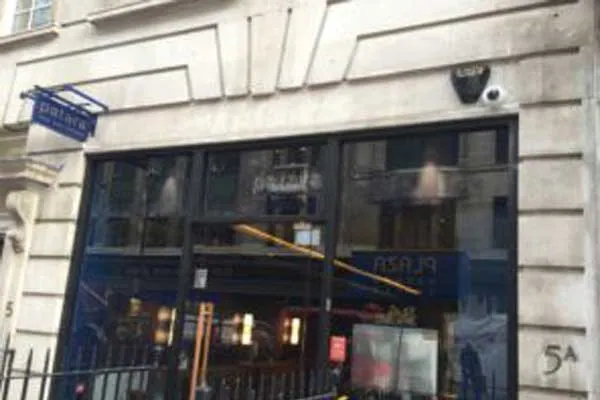
CCTV Facts and Figures

Facts About CCTV Cameras
CCTV cameras are generally used to reduce or prevent crime for at least one of the following reasons:
Prevention – Whenever would-be thieves and burglars see the camera, they make a decision that a particular shop in question is too much of a threat and consequently not the right target.
Prosecution – Shoplifters and thieves may be caught on the camera, and this can help to capture and charge them.
Fear reduction – If everybody sees that there exists a camera in place, they might feel safer in or around your business, thereby avoiding possible criminals from offending.
Monitoring and intervention – Should there be a security guard looking over the area by means of a CCTV system, they could quickly engage with any suspicious behaviour and as a result avert any law-breaking from taking place. Security guards might likewise position workers to a strategic position or close to a person spotted on the monitors.
Effectiveness Case Studies
Whenever the CCTV camera is used openly, they function well as a curb to public order offences. Cameras positioned in a Bootle shopping centre in 1993 spotted the 3-year-old James Bulger, being taken away by the two 10-year-olds who killed him. It showed the police they were in search of two youths instead of an adult kidnapper.
Detectives who were able to detect a nail bomber in April 1999 responsible for three murders in 13 days in London, credited CCTV cameras with the most important achievement in the case. Detectives spent hours going through footage to set bomber David Copeland close to the bomb spot – and their researches paid off. The police have regularly praised the usage of street cameras. They think criminals will probably plead guilty when confronted with irrefutable proof of being caught on camera.
Money saving
The Home Office says CCTV conserves money. A court hearing with a guilty ruling saves about £3,000 to £5,000. Cameras are useful if monitored regularly and CCTV pictures imply there has been a huge increase in guilty rulings.
Facts and Figures
- About 25 million CCTV cameras are in operation globally, with Britain having 2.5 million.
- An average citizen is spotted on CCTV cameras about 300 times daily.
- Virtually all bank cash machines in the country make use of CCTV to record you while making any transaction, but you cannot see the camera.
- The United Kingdom has more CCTV cameras per head of population compared to ANY other country.
- The largest single CCTV camera system is in Singapore Airport with about 3,000 cameras in operation surveillance and recording everything that occurs.
- Home Office procedures suggest at least 120% size image for CCTV identification to be allowed in court.
- The British government financed the development of the world’s largest CCTV network, with a total budget of £420m.
- Harrods London store has in surplus, 500 installed CCTV cameras.
- £30M funding for NHS CCTV schemes will soon be fast-tracked subsequent to the latest unfortunate events in NHS hospitals.
- Experts believe that up to 67% of burglaries could be avoided should people had security cameras in their individual homes.
- Remarkably, Croydon has more CCTV cameras compared to New York.
- The London tube network is covered by about 11,000 cameras!
- Military spy drones are being built in conjunction with police forces. The Metropolitan Police Force in London has about 200,000 installed cameras.
- The first CCTV camera ever to be created was used to observe the launch of the German’s V2 Rocket at Test Stand VII in 1942.
CCTV systems are a proven security determent and helps in securing a lawful prosecution when required. With modern technology, we are able to monitor various positions using smart technology, namely mobile phones and tablets or even desktop PCS; from anywhere in the World.
